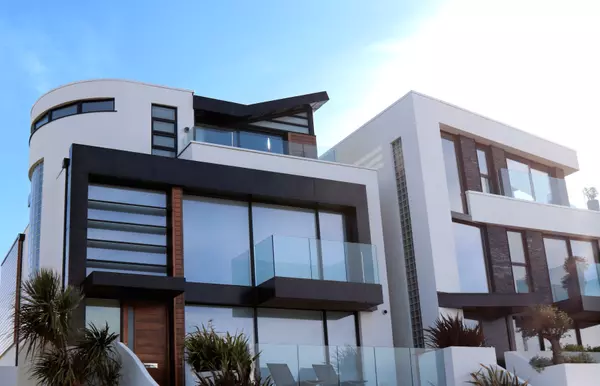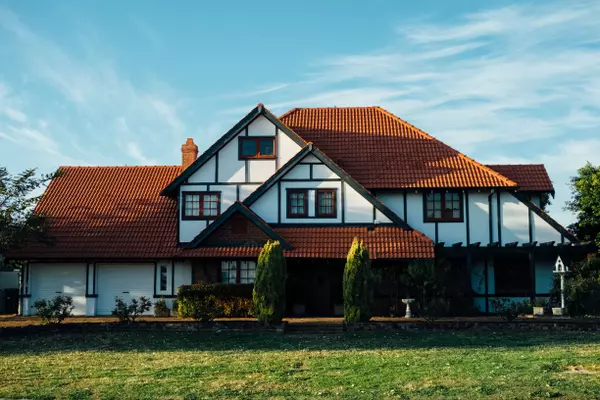San Diego’s downtown operations building is on the market
San Diego is offering its nearly empty and poorly maintained municipal building on the edge of the Civic Center for sale or lease with the goal of receiving a handsome return, although developer interest in the site is expected to be muted.
On Thursday, San Diego’s Economic Development Department published a notice of availability for the City Operations Building at 1222 First Ave.
The action formally starts the solicitation process under California’s Surplus Land Act, which regulates how municipal agencies can offload their excess land and prioritizes the production of housing for low-income families.
The notice alerts affordable housing developers registered with the state that the city intends to sell or lease its 1.4-acre property, which occupies the entire downtown block bounded by A Street, First Avenue, B Street and Front Street. The notice also starts the clock on a 60-day window for interested bidders to respond with redevelopment plans that include at least 25% of residential units reserved for low-income families.
Prospective buyers have through Sept. 30 to submit a letter of interest.
“The successful respondent will be the respondent who can maximize the monetary payments to the city while redeveloping the site as a high-quality mixed-use, mixed-income development that includes low-and moderate-income residential units,” the document states.
Built in 1970, the City Operations Building, or COB, is on the western periphery of the city of San Diego’s downtown Civic Center compound. The five-story building has been the longtime home of the city’s Development Services Department, or DSD, and was badly neglected over the decades as the city pursued redevelopment efforts that never came to fruition. A 9-year-old facility condition assessment report identified nearly $129 million in improvement and maintenance needs.
DSD is currently in the last leg of relocating to two, newly leased properties: a new headquarters in Mission Valley already open to the public and a two-floor office space at 550 W. C St. The COB building will be vacant by the end of the August, with the exception of Fire Station 1.
In mid-July, the San Diego City Council voted in a split decision to declare the COB property as surplus. The surplus designation is a formal step required by the Surplus Land Act. With the designation, the city can sell or lease the site for redevelopment — but it must follow the noticing and negotiating requirements of the state housing law.
Interested parties have 60 days to notify the city of their interest. The law then requires the city to engage in a 90-day negotiation period with respondents and give priority to the entity proposing the highest number of affordable housing units.
Under the law, bidders need to set aside at least 25% of proposed residential units for affordable housing, meaning deed-restricted units rented to low- and very-low-income families making 80% or less of the area median income.
The substantial requirement has the potential to derail the solicitation. The low-income units, which are rent-restricted, require subsidies and can make projects financially untenable. In addition, the notice of availability also requires bidders to enter into a project labor agreement. Project labor agreements are union contracts that set wages, hours and working conditions for construction work, and they also drive up project costs.
Council members acknowledged the limited appeal of the COB site during their July 14 discussion. They implied that the current offering is a box-checking exercise meant to satisfy the conditions of the Surplus Land Act. If there are no successful bidders, San Diego can put the property back on the market through a more traditional process and reduce the affordable housing requirement to 15% of proposed units.
“It is very unlikely anyone is even going to bid on this site until we get past this Surplus Land process,” Councilmember Raul Campillo said.
The city faced a similar reality two years ago.
In May 2023, as part of Mayor Todd Gloria’s since-sidelined Civic Center Revitalization plan, San Diego put its neighboring blocks on the market, expecting that the sale or lease of the land would substantially fund a new City Hall. The solicitation, however, garnered zero interest in the city’s four-block Civic Center complex, likely because of the constraints associated with the Surplus Land Act. At the time, the real estate at 1222 First Ave. was expected to become the future home of the new City Hall skyscraper so it was not declared surplus or offered for sale or lease under the state law.
“What I see this action as, frankly, is really just cleaning up the existing action we’ve taken by putting this COB site up (under) the Surplus Land Act as well. I suspect that in the given market it will be very challenging for a building in that condition to garner a great proposal,” Councilmember Kent Lee said during last month’s vote to declare the COB property surplus. “If it does go through the Surplus Land Act and it ends up not having a proposal … it opens us up to actually include it with the other four parcels that we already have for Civic Center, and allows the broader conversation about what a long-term revitalization plan would look like.”
The idea seems at odds, however, with the mayor’s stated intention to keep city workers in the existing municipal complex for the foreseeable future in light of budget constraints.
Categories
Recent Posts










GET MORE INFORMATION


